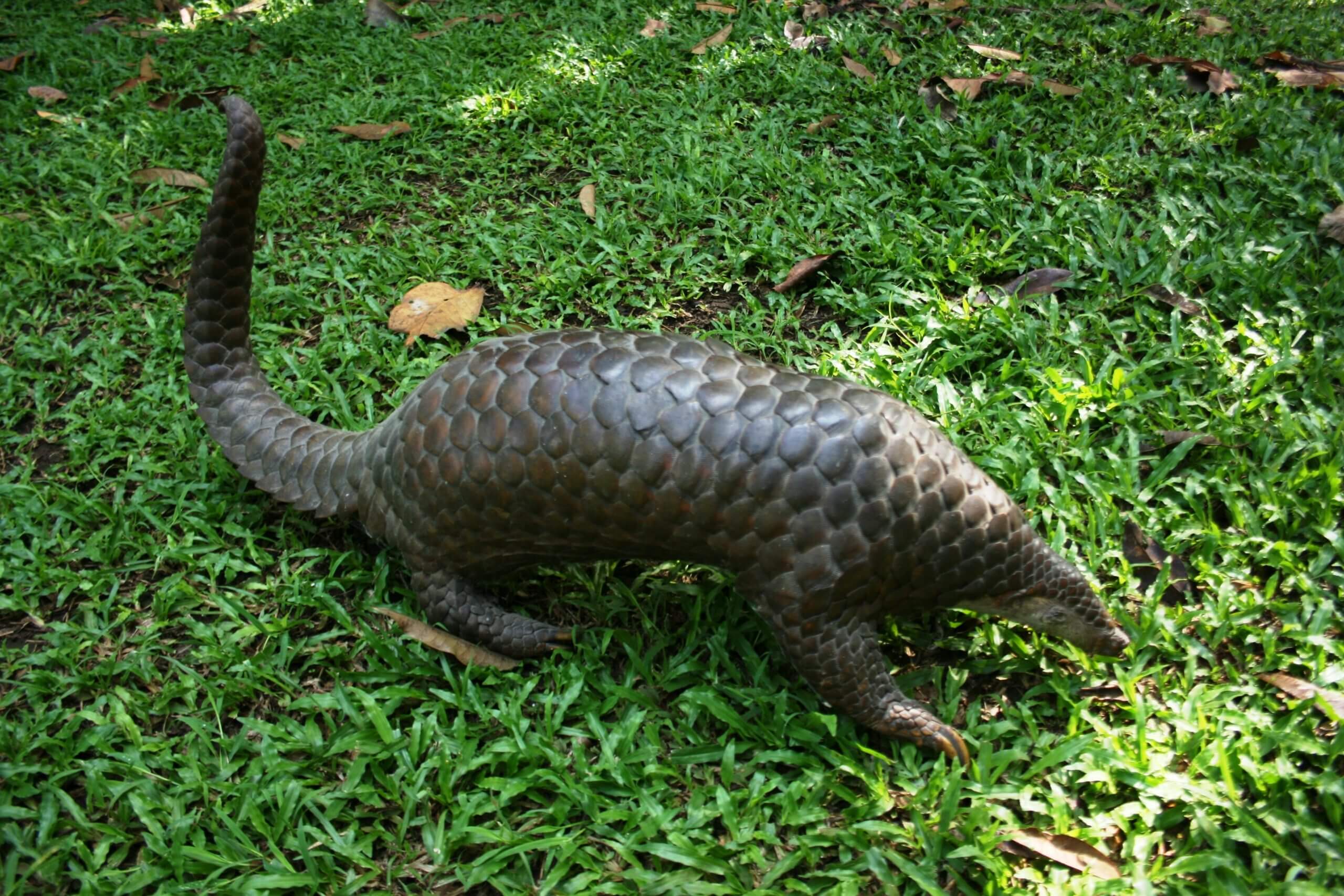Understanding the Scientific Challenges in Combating the New Coronavirus
By Sahana Shankar
The World Health Organisation has provided comprehensive information on how a seemingly innocuous pneumonia outbreak in Wuhan, China quickly spiraled into a global pandemic in a matter of days. The present global public health emergency has sparked many issues- geopolitical, economic, cultural and scientific. This article focuses on the science.
Coronaviruses are a large family of viruses with a simple makeup of RNA, envelope with coat proteins in the shape of a crown (hence the name, corona). They can cause a range of illnesses from mild flu to severe diseases such as SARS and MERS. The 2019n-CoV is a new strain of coronavirus that was recently identified in multiple patients with pneumonia. These people were associated with the seafood and live animal market in Wuhan, China. Current diagnostics rely on PCR-based identification of genetic fingerprint signatures of the virus.
Gaps in Knowledge
A number of facets of the infection need to be investigated further to help our understanding of the 2019n-CoV and response to it.
(a) Origin story- Coronaviruses are common residents in many animals. They sometimes spill over to humans may be due to a mutation in the virus, making it capable of surviving and invading the human host or due to increased exposure to animal reservoirs. SARS was transmitted from bats to humans via the African civet, MERS through camel. Early sequence analysis of the n-CoV suggests that it is likely of bat origin too. However, the dynamics of transmission is yet to be elucidated. Some sequence comparisons suggested a similarity to snake coronaviruses. A recent report from the South China Agricultural University suggested that Pangolin could be a mediator between bats and humans since it is commonly used in China for traditional medicine. However, this work needs more review to be substantiated.

Another key to solving the origin puzzle is identifying the first human to be infected- patient zero. While some believed that it is likely to be someone with association to the seafood and live animal market in Wuhan, others like Dr.Daniel Lucey at Georgetown University argue that the rapid spread of the virus indicates that it ‘was already silently spreading in Wuhan, hidden among many other patients with pneumonia at this time of the year’. Since a few days had elapsed between an increase in pneumonia cases and correlating them to a viral infection, it is important to understand how the virus spread.
(b) Survival rate – As of Feb 11, there have been 43,098 confirmed cases worldwide with 1018 fatalities. This puts the survival rate at 2.4%. However, there are many omissions in reported cases, deaths before confirmation of virus, deaths reported due to pre-existing medical conditions, etc.
(c) R0 (R-naught) is a measure of how many people can get infected by one person with the virus. Higher the R0, higher the risk and greater the measures needed to contain the virus spread. WHO data indicates that R0 for 2019n-CoV is 1.4-2.5, while other studies estimate an R0 of 2.9-3.1. However, R0 values are not absolute and are fraught with uncertainties due to gaps and continuous changes in data.
(d) Asymptomatic transmission- Some people who tested positive for virus showed no symptoms. For example, in Shenzhen, a family reported 5 infections but a child was asymptomatic. While current data suggests that children are relatively more resistant to the 2019n-CoV, it is important to understand if they can spread the virus. This would mean additional difficulties in outbreak control.
Current Strategies to Counter the Outbreak
Dozens of sequences of the 2019n-CoV are available on public databases for the scientific community to compare with other viruses to learn about their mode of infection, viability, and pathogenicity. Viral samples isolated from patients are being cultured around the world to develop animal disease models to understand the physiology of infection, test vaccines, and drugs and check for similarities and differences with SARS and MERS. Significant efforts are made towards screening and testing available drugs. In China, a clinical trial for Kaletra, a combination of two anti-HIV drugs- lopinavir and ritonavir- is underway. Gilead Sciences is testing its HIV drug, remdesivir for its effectiveness against the coronavirus. Dr.Rolf Hilgenfeld from the University of Lübeck, Germany has two candidate antiviral proteases that are active against a broad spectrum of coronaviruses. He intends to validate them on animal models.
It is imperative to restrict the spread of the virus to countries with fragile healthcare infrastructures. The WHO has declared the 2019n-CoV a global health emergency, the highest level of alarm, in a bid to engage governments around the world to respond proactively and develop a contingency with coordinated efforts from the larger international community. Scientists across the world are collaborating to correlate viral origins, transmission dynamics, disease models, drug screening, clinical trials, and all resources at their disposal to tackle this global crisis.
References
- https://www.who.int/docs/default-source/coronaviruse/protocol-v2-1.pdf?sfvrsn=a9ef618c_2
- https://www.nature.com/articles/d41586-020-00190-6
- https://www.who.int/emergencies/diseases/novel-coronavirus-2019
- https://www.theguardian.com/world/2020/feb/07/china-trials-anti-hiv-drug-coronavirus-patients
- https://www.medrxiv.org/content/10.1101/2020.01.23.20018549v1
- https://www.biorxiv.org/content/10.1101/2020.01.25.919787v1
- https://www.thesun.co.uk/news/10873496/coronavirus-vaccine-china-wuhan-race-find-patient-zero-killer-bug/
- https://www.nature.com/articles/d41586-020-00154-w
©www.geneonline.com All rights reserved. Collaborate with us: service@geneonlineasia.com









